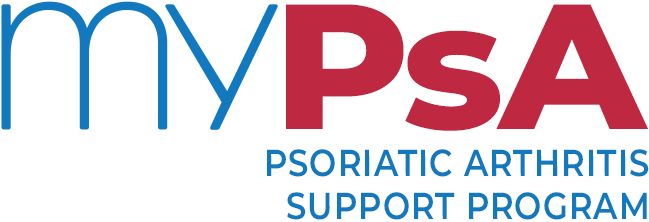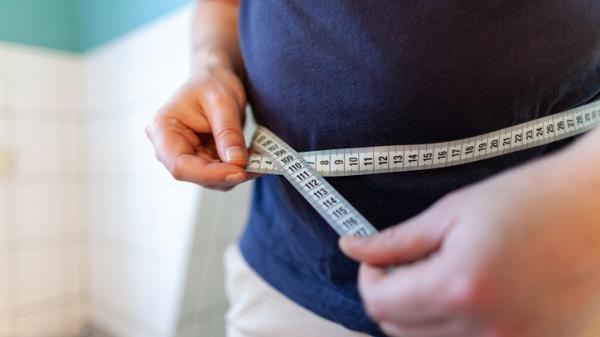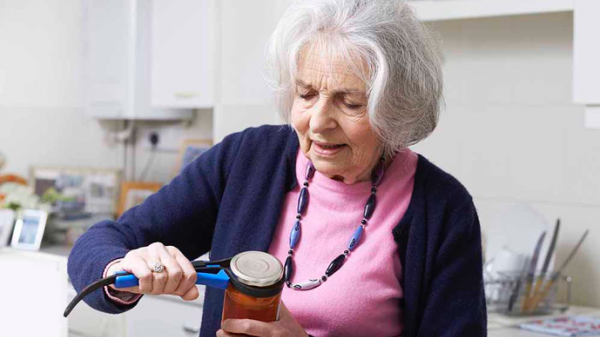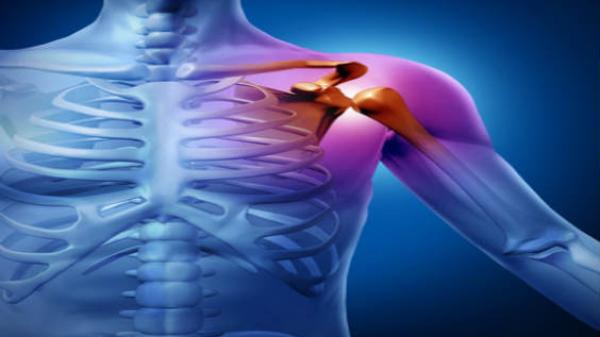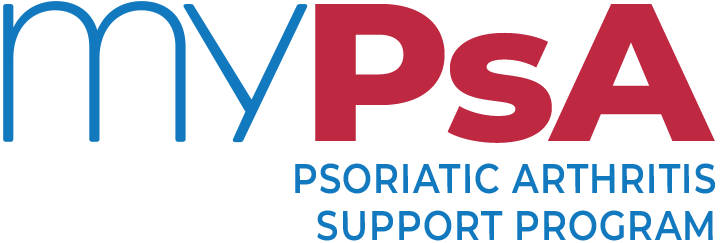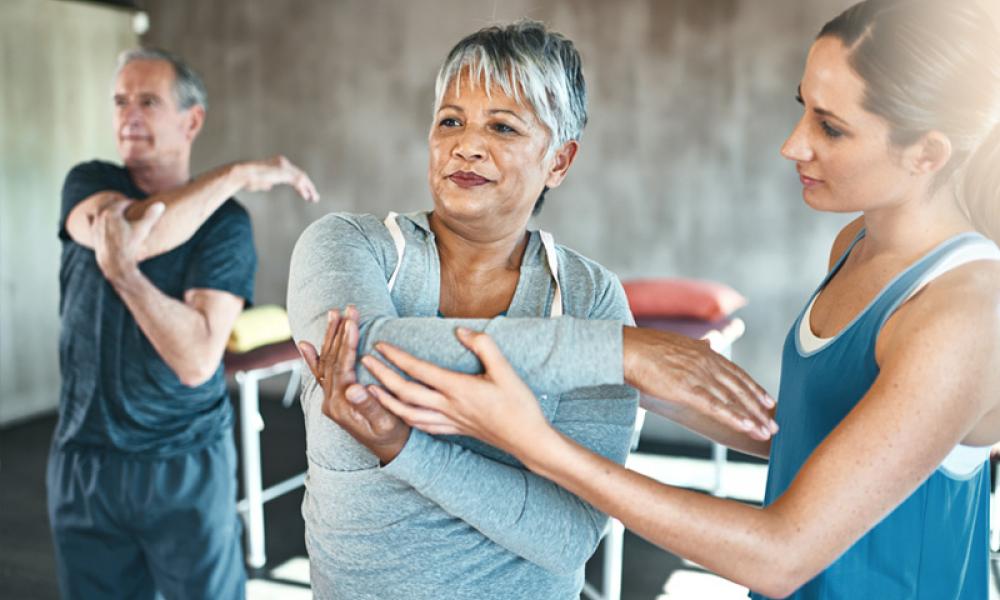
Physical activity and exercise are extremely important for managing psoriatic arthritis (PsA). Keeping active can improve mobility and flexibility of joints, muscle strength posture, and balance. It can also decrease pain, fatigue (tiredness), muscle tension and stress.
Is exercise recommended for PsA?
Exercise is an important part of managing PsA. People who exercise have:
- higher levels of fitness
- better muscle strength and size
- greater ability to do daily tasks
- improved mood and emotional well-being.
Exercise can also help you maintain a healthy body weight and improve the health of your heart and blood vessels. Some types of exercise may also help improve the strength of your bones and reduce your risk of osteoporosis (thinning of the bones)..
But I’m scared of doing more harm than good
Many people with PsA are anxious about exercising. This may be due to fear of causing damage to the joints or the presence of pain. However research shows that people with PsA can participate in regular, appropriate exercise without causing joint damage or worsening of symptoms. Everyone’s fitness levels and limitations will be different so start with activities that suit you.
While some people with arthritis will find a five kilometre walk easy, others may find walking around the block difficult enough to start with. If you have damage to the larger joints in your legs, such as your hips or knees, it is generally recommended to avoid activities that put excessive force on those joints (for example, running and jumping). Talk to your rheumatologist to find out if there are activities that you should avoid. You may also find it helpful to ask a physiotherapist for advice on exercising safely.
What types of exercise could I try?
There are many activities that are safe and effective for people with PsA. Any activity that works your muscles a bit harder or causes you to ‘puff’ a little, without increasing your pain or other symptoms, will be beneficial. Choose activities that you enjoy and are convenient.
Activities that are particularly useful include:
- Water exercise: Many people with PsA prefer exercising in water. The buoyancy of the water takes pressure off painful joints and you may find you can move more freely than you can on land. Warm water can also be soothing for sore muscles and stiff joints. There may be suitable classes at local pools or at hydrotherapy pools (heated to around 34 degrees), usually found at hospitals, community health or rehabilitation centres or physiotherapy clinics. If you are new to exercise or your PsA is limiting your ability to exercise, you may find it useful to have one-on-one hydrotherapy sessions with a physiotherapist. Talk to your doctor or contact local hospitals and health centres to find a physiotherapist who offers hydrotherapy sessions. You can also search for an aquatic physiotherapist in your area on the Australian Physiotherapy Association website https://australian.physio/.
- Strength training: Muscle weakness is common in PsA. A combination of pain, fatigue (tiredness) and the disease itself often leads to weakening and wasting of the muscles. This can make it even more tiring to do your normal daily activities. Research has shown that muscle weakness in PsA can be prevented and even reversed by strength training. Strength training involves working your muscles a little harder than you do in normal life. You do this by working with hand weights, leg weights, gym machines, resistance bands or even just your own body weight (e.g. doing pushups). The key to successful strength training is to:
- start with supervision from a qualified health or exercise professional who understands PsA
- learn the right way to do the exercises and how much resistance to add to prevent injury
- keep challenging your muscles by doing different exercises and using more resistance.
Strength training may also improve the strength of your bones and help prevent osteoporosis. Ask about strength training at your local community health centre, physiotherapy clinic or gym.
Other examples of low-impact activities include:
How much should I do?
All adults should be aiming to do at least 30 minutes of activity on most days of the week. You can do 30 minutes continuously or combine several shorter sessions. If you have PsA and you have not exercised for a while, you may need to start with shorter sessions then build slowly. Talk to a physiotherapist or exercise physiologist about getting started to help you avoid an injury or over-doing it. Don’t forget that activities such as gardening, playing with pets or taking the stairs rather than the lift can also count as exercise.
What about during a ‘flare’?
During a ‘flare’ it is usually recommended to rest the affected joint(s). You should still gently move the affected joint(s) as far as is comfortable several times a day as this may help prevent stiffness. However you should not apply any force or resistance to the affected area. For example, if your wrist is affected, do not use any weights or resistance bands with that arm. If you are feeling otherwise well, you can still do some gentle exercise for the rest of your body. Talk to your rheumatologist or physiotherapist for more information.
Safety tips
- Check with your doctor or rheumatologist before starting an exercise program.
- If possible, see a physiotherapist or exercise physiologist for advice about specific exercises. They can suggest safe exercises tailored to your condition and make sure you are doing your exercises correctly so you don’t cause an injury.
- Always build up slowly. When you first start, do less than you think you will be able to manage. If you cope well, do a little bit more next time and keep building up gradually.
- Always start your exercise by doing some gentle movements to prepare your muscles and joints for the activity. This will help prevent pain and injury. You may find it useful to use heat packs or warm showers before activity to loosen up stiff joints and muscles.
- Never place your joints under excessive pressure or in unsafe positions that can increase your risk of injury. Wherever possible, learn exercises from a qualified health professional and exercise under supervision.
- Cool down at the end of your session with some gentle movements and stretches. This can help prevent muscle pain and stiffness the next day.
CONTACT YOUR LOCAL ARTHRITIS OFFICE FOR MORE INFORMATION AND SUPPORT SERVICES
